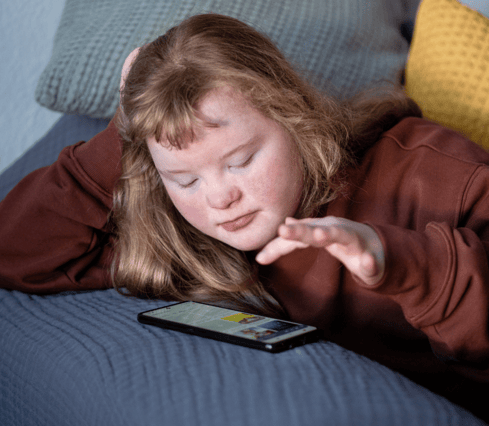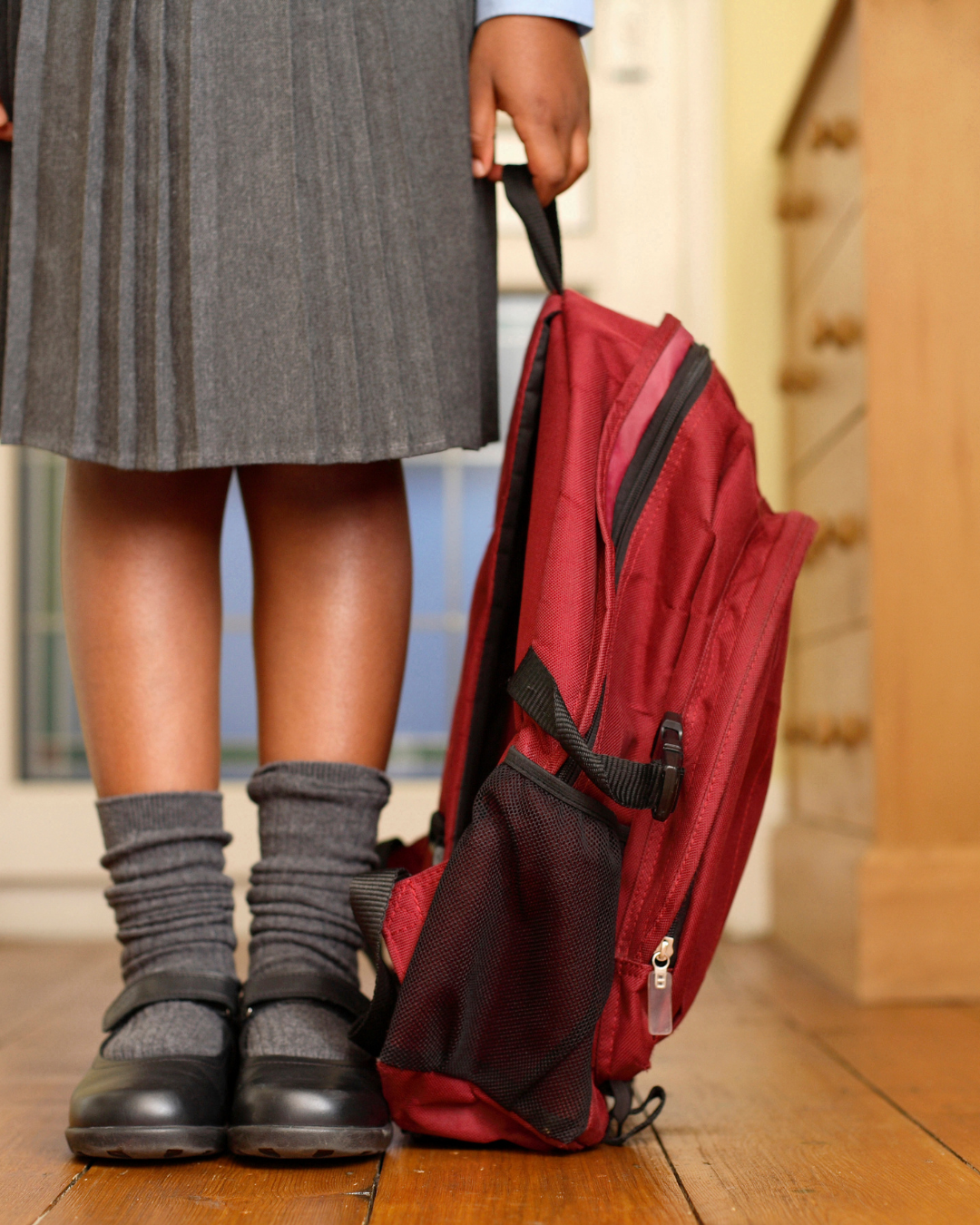As the summer holidays draw to a close, many families begin to feel the familiar flutter of back-to-school nerves. While September might still seem far off, we know from experience that preparation can make all the difference. At SEND EDventures, we want you to enjoy the rest of the break, including the slower mornings, the unhurried meals and the extra cuddles, but we also want to help you and your child feel ready for the change ahead.
For children with Special Educational Needs and Disabilities (SEND), the return to school is not just about lessons and lunchboxes. It can stir up a complex mix of emotions, which do not always show themselves in obvious ways. One child might begin complaining of stomachaches or headaches, while another might suddenly become more withdrawn, clingy, or tearful, even if they cannot explain why.
“It is not just about buying shoes and labelling clothes. It is about preparing my child emotionally, mentally and physically for a whole new chapter, and doing it all while trying to stay calm myself.”
The Emotional Shift: From Home to School
 Summer often offers a pace that suits many children’s needs. There is time to regulate, to rest and to escape the social demands of the classroom. As September approaches, it can feel like a jolt back into something far more structured and demanding. Children who thrive on routine may feel unsettled by the shift. Those with anxiety might begin to imagine worst-case scenarios about what lies ahead. Others may not be able to explain what they are feeling at all; they just know that something feels difficult.
Summer often offers a pace that suits many children’s needs. There is time to regulate, to rest and to escape the social demands of the classroom. As September approaches, it can feel like a jolt back into something far more structured and demanding. Children who thrive on routine may feel unsettled by the shift. Those with anxiety might begin to imagine worst-case scenarios about what lies ahead. Others may not be able to explain what they are feeling at all; they just know that something feels difficult.
Simple strategies to ease the transition: Discuss school in a positive and upbeat manner throughout the summer—try not to leave everything until the final week. Use a visual countdown or calendar to mark the days leading up to the start of term. Reintroduce routine gently by adjusting sleep and mealtime patterns a few days in advance. Offer a reassuring object that bridges home and school (for example, a keyring, wristband, familiar scent or a small photo tucked into their bag).
Separation Anxiety: Leaving the Safety of Home
 For some children, saying goodbye at the school gate can be the hardest part—especially for those who feel safest in familiar environments or who struggle with sudden change. Even if they enjoyed school last term, the long break can make it feel unfamiliar again. Children may worry about being apart from their parent or carer, particularly if home has felt calm and consistent over the summer. They might cry, cling or ask repeated questions about when you will return.
For some children, saying goodbye at the school gate can be the hardest part—especially for those who feel safest in familiar environments or who struggle with sudden change. Even if they enjoyed school last term, the long break can make it feel unfamiliar again. Children may worry about being apart from their parent or carer, particularly if home has felt calm and consistent over the summer. They might cry, cling or ask repeated questions about when you will return.
Ways to support your child through this stage: Create a short, predictable goodbye routine. A wave, a friendly phrase or a small drawing slipped into their hand can provide comfort. Talk them through what the school day will look like using clear, familiar language. Make a simple after-school plan they can look forward to (for example, a snack, favourite programme, short park visit or time with a family pet). Let them know school is just one part of the day.
Worries About Friends and Fitting In
 For many children, friendships are a source of both joy and stress. As the return to school approaches, some might worry about who they will sit with, whether their friends have changed, or if they will still be welcome in their group. This concern can be especially difficult for children with social communication needs or those who have struggled with peer relationships in the past. Even children who appear confident may harbour quiet worries.
For many children, friendships are a source of both joy and stress. As the return to school approaches, some might worry about who they will sit with, whether their friends have changed, or if they will still be welcome in their group. This concern can be especially difficult for children with social communication needs or those who have struggled with peer relationships in the past. Even children who appear confident may harbour quiet worries.
Ideas for rebuilding social confidence: Reassure your child that friendships take time and it’s okay to have different kinds of friends. Practise friendly conversation starters or role-play social scenarios at home to build familiarity. Speak to school in advance if breaktimes are challenging; they may offer peer support or organised, monitored activities.
Physical and Sensory Barriers
 Returning to school can also bring up physical and sensory concerns. For children with mobility needs, fatigue or sensory processing differences, the classroom environment may feel overwhelming. Bright lights, loud corridors, strong smells and new spaces can all contribute to stress. Even if support was in place last year, children may still worry about arriving on time, receiving the necessary help or coping with a noisy environment.
Returning to school can also bring up physical and sensory concerns. For children with mobility needs, fatigue or sensory processing differences, the classroom environment may feel overwhelming. Bright lights, loud corridors, strong smells and new spaces can all contribute to stress. Even if support was in place last year, children may still worry about arriving on time, receiving the necessary help or coping with a noisy environment.
Thoughts on planning ahead: Check in with the SENCO before term begins to update them on any changes or new needs. If possible, request an extra visit to school over the summer to re-familiarise with key areas. Pack practical items that can be quickly accessed, such as noise-reducing headphones, chewy jewellery or a piece of textured fabric.
The Fear of the Unknown
Even small changes—like a different teacher, a new classroom or a new timetable—can feel enormous for a child who relies on predictability. While many schools give pupils the chance to meet their new teacher before the end of term, six weeks is a long time and anxieties can reappear. Children might imagine things will be far more difficult than they are, or forget the positive feelings they had before the holidays.
Tips for facing the unknown:
- Create a simple booklet with photos and notes about the new class, daily routines and key adults.
- Revisit school newsletters, videos or class blogs to renew a sense of familiarity.
- Let your child choose a comfortable item to wear or use (for example, favourite socks or pencil case). Avoid a stiff, brand-new uniform on day one—soften it by washing, or let them wear last year’s uniform for the first couple of days if it still fits.
Moving On to Secondary School
The transition from primary to secondary is one of the biggest changes a child will face. With multiple teachers, a larger building, a more complex timetable and greater independence, the leap can be daunting—even for confident pupils. Children may worry about getting lost, remembering books, managing lunch or handling social dynamics with older students. For those with SEND, these concerns are often more prominent.
 Supportive suggestions for this transition: Spend time over the summer practising everyday skills such as using a planner, tying a tie or working out the route to school. Break the day into manageable parts (morning, lunch, afternoon) and consider colour-coded folders. Discuss “what if” scenarios together—what to do if running late or if something is forgotten. Help them develop a simple script or steps for handling small challenges. Encourage small, independent steps at home to build confidence. Remind them they’re not expected to have everything perfect in week one—mistakes are part of learning.
Supportive suggestions for this transition: Spend time over the summer practising everyday skills such as using a planner, tying a tie or working out the route to school. Break the day into manageable parts (morning, lunch, afternoon) and consider colour-coded folders. Discuss “what if” scenarios together—what to do if running late or if something is forgotten. Help them develop a simple script or steps for handling small challenges. Encourage small, independent steps at home to build confidence. Remind them they’re not expected to have everything perfect in week one—mistakes are part of learning.
When It Is the Parents Who Are Anxious
 Behind many nervous children is a parent with their own set of worries—about whether the new teacher understands their child’s needs, whether unforeseen issues will arise, or whether they’ll be able to support the transition. These concerns are normal and reflect your care and responsibility.
Behind many nervous children is a parent with their own set of worries—about whether the new teacher understands their child’s needs, whether unforeseen issues will arise, or whether they’ll be able to support the transition. These concerns are normal and reflect your care and responsibility.
Suggestions to help you manage your own anxieties: Jot down worries in a notebook to clear your mind and prioritise what truly needs action. Plan a small personal reward in the first week (a quiet tea, brief walk, call with a friend, or a few peaceful minutes of reading). Do something you enjoy each day that’s separate from parenting—even a short comedy episode, a bit of art or preparing a favourite meal can release tension and settle nervous energy.
Returning to school may present a few wobbles—and that’s okay. Enjoy the holidays, and focus on setting up those first weeks with as much care as you can manage, not perfection.
Still planning a getaway? See Planning a Trip with a SEND Child: Here’s How to Make It Work for practical tips.
Disclaimer: The information in this article is provided for general interest and should not be considered medical, therapeutic or educational advice. Families are encouraged to seek support from qualified professionals regarding individual needs or concerns.






